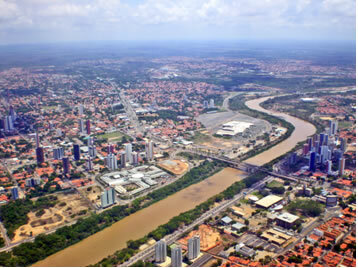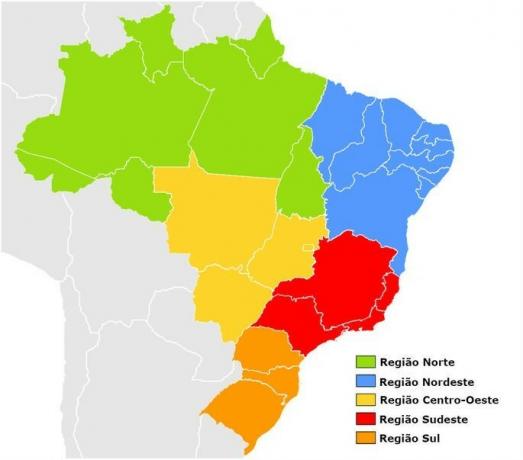Located in the Northeast Region of Brazil, the state of Piauí has a territorial extension of 251,576,644 square kilometers, being the third largest state in this Region, behind only Bahia and of Maranhão. Its area corresponds to 2.95% of the national territory.
According to a population count carried out in 2010 by the Brazilian Institute of Geography and Statistics (IBGE), Piauí has a total population of 3,118,360, corresponding to 1.64% of the Brazilian population. State population density is approximately 12.4 inhabitants per square kilometer; population growth is 0.9% per year. The majority of the population of Piauí lives in urban areas: 65.8%; the rural population is 34.2%. Ethnically, the state population is composed of: Browns 63%, Whites 33%, Blacks 3%. The predominant religion is Catholicism (90%).
Teresina, capital of Piauí, is the most populous city in the state – 814,230 inhabitants. Unlike all other northeastern states, the capital of Piauí is not located on the coast. This fact is due to the colonization process in the territory of Piauí, which was established from the interior to the Coast. Other state cities that have a large population concentration are: Parnaíba (145,705), Picos (73,414), Piripiri (61,834), Floriano (57,690), Campo Maior (45,177), Barras (44,850), União (42.654).

Image of Teresina, the most populous city in Piauí
Do not stop now... There's more after the advertising ;)
The state has serious socioeconomic problems. The Human Development Index (HDI) of Piauí, with an average of 0.713, is the third lowest in the national ranking, superior only to that of Maranhão (0.683) and Alagoas (0.677). The illiteracy rate is the second highest in the country (23.4%), only the state of Alagoas has a higher illiteracy rate (24.6%). Piauí has a per capita Gross Domestic Product (GDP) of 5,373 reais, the lowest among all Brazilian states.
Another social problem in Piauí refers to environmental sanitation: about 26% of residences do not have running water, 40% do not have a sewage system and 50% do not have collection. of trash.
The infant mortality rate is the lowest in the Northeast region – 26.2 deaths per thousand live births. The average of intentional homicides (with intent to kill) is also the lowest in the region: 9.7 murders per 100,000 inhabitants.
By Wagner de Cerqueira and Francisco
Graduated in Geography
Brazil School Team
Piauí - Northeast region - geography of Brazil - Brazil School
Would you like to reference this text in a school or academic work? Look:
FRANCISCO, Wagner de Cerqueira e. "Piauí's population"; Brazil School. Available in: https://brasilescola.uol.com.br/brasil/a-populacao-piaui.htm. Accessed on June 28, 2021.



